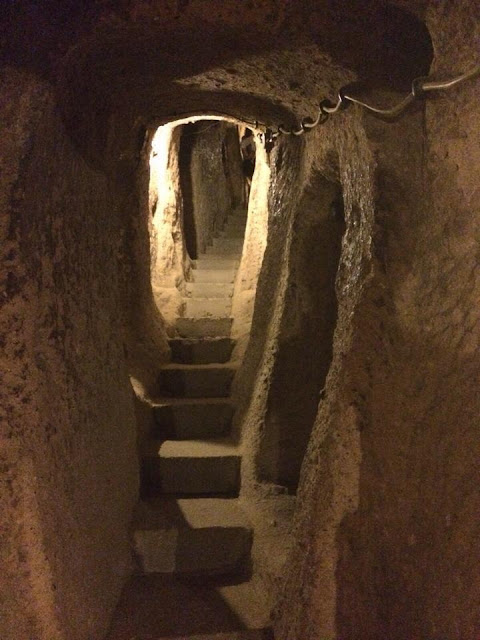One of his many inventions was a human-like robot in the form of a maid, who held a jug of wine in her right hand.
A mechanism in the robot stopped the cup from overfilling, and when it was about half-full, the left hand gradually lowered, and the flow of wine would stop. The right hand would begin the flow of water, mixing water with your wine.
You could then allow the cup to fill or pick it up earlier if you did not want so much water in your wine. The hand would stop pouring by itself.
The robot was a complex construction consisting of containers, tubes, air pipes, and winding springs, which interacted through variants in weight, air pressure, and vacuum. This is the oldest known robot created by humans.
More information here
The robot was a complex construction consisting of containers, tubes, air pipes, and winding springs, which interacted through variants in weight, air pressure, and vacuum. This is the oldest known robot created by humans.
 |
| The first known robot was called "The Servant of Philon". It was an ancient Greek humanoid figure capable of automatically filling a wine cup when placed in its hand |



















